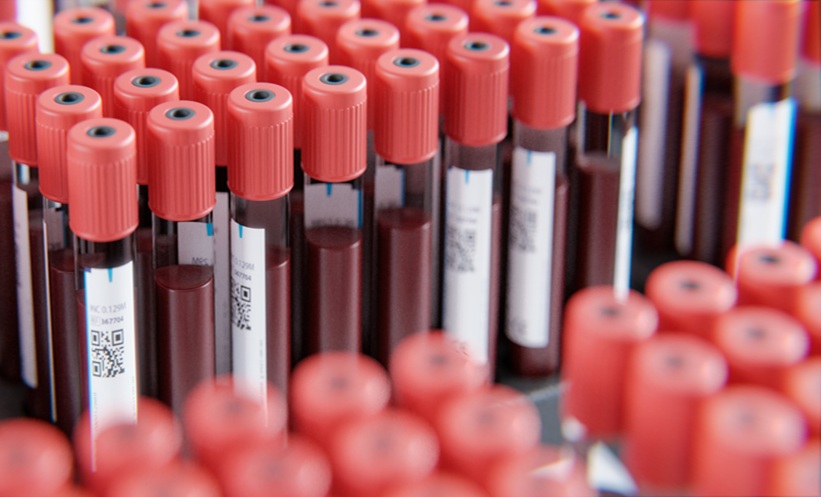CARDIOVASCULAR disease currently affects 7 million people in the UK, with 530 individuals attending hospital every day due to heart attacks;1 rapid treatment and diagnostic developments are therefore urgently required. Currently, angiography allows examination of plaques present in blood vessels which can cause vessel constriction and may lead to vasculature rupture and heart attack. Angiopathy involves the injection of a contrast agent, such as iodixanol-320, and X-ray imagery; however, not all plaques cause vessel constriction, leading to heart attack markers being missed during the initial diagnosis. The result of a recent study could change the way in which the vasculature of the heart is investigated.
The research, led by Prof Laura Marcu, Department of Biomedical Engineering, College of Engineering, University of California Davis, Davis, California, USA, has resulted in the production of a new catheter-based probe that can be used to investigate the microvasculature of the heart. The probe combines fluorescence lifetime imaging and intravascular ultrasound technology to analyse the structure of the vasculature and detect the presence of plaques.
The new technique involves an optical fibre that fires short-range laser pulses into the tissue surrounding the vascular lumen. The returning laser then fluoresces with different colours depending on the tissue it has rebounded from. This light is recorded and analysed to identify the presence of collagen, lipids, proteins, and most importantly, plaques. Combined with the fluorescence lifetime imaging, the probe issues ultrasound waves that provide structural information on the blood vessel.
Currently awaiting US Food and Drug Administration (FDA) approval, the probe has been tested in living pig hearts as well as sample human tissue and proved to be small and highly flexible, suitable for the investigation of the micro-vessels around the heart. The probe does not require an injection of fluorescent markers or any alteration to the standard catheterisation technique, making this new method ideal for use in live human hearts. The new technology offers an improved mechanism of vasculature monitoring, greatly increasing the ability of physicians to predict heart attacks. Additionally, the probe enables improvement of the understanding of how plaques form, aiding combat of the ever-growing problem of heart disease.
References
- British Heart Foundation. Heart Statistics. Available at: https://www.bhf.org.uk/research/heart-statistics. Last accessed: 17 October 2017.
(Image: freeimages.com)








